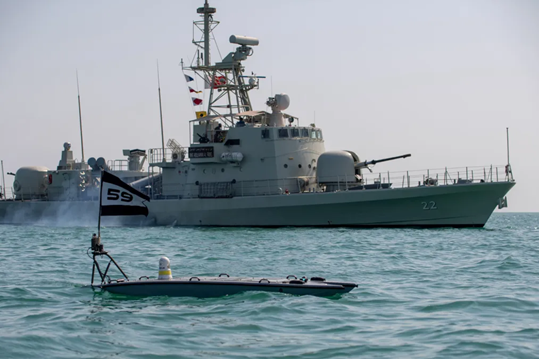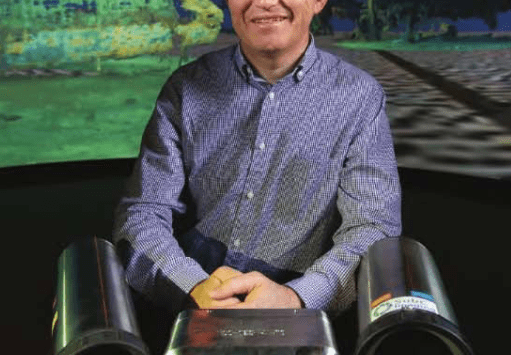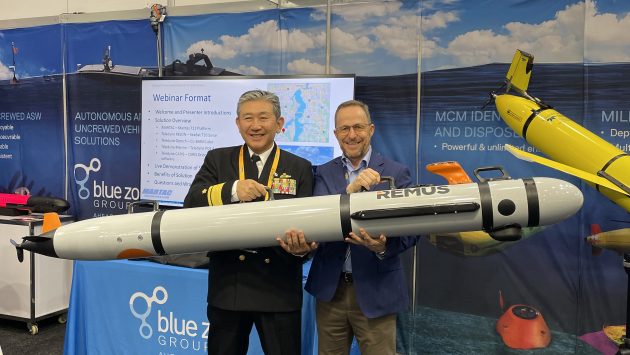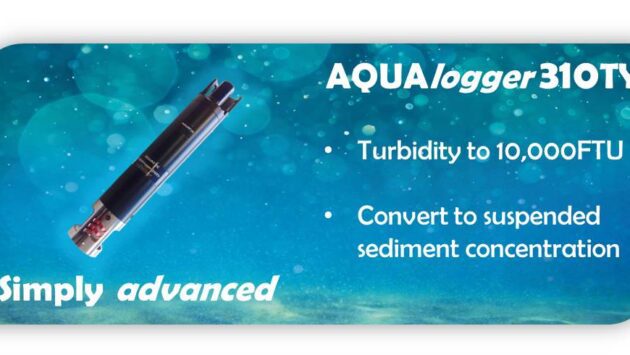The U.S. Navy “Hybrid Fleet” Concept
The U.S. Navy “Hybrid Fleet” Concept – Operations for achieving a Navy fleet of 500 ships
The U.S. Navy stands at the precipice of a monumental technological advancement. In an address at the 2022 “West” conference, the Chief of Naval Operations, Admiral Michael Gilday, revealed the Navy’s goal to reach 500 ships by adding approximately 150 large unmanned maritime vehicles to the Navy’s inventory. This plan added additional granularity to the Navy’s UNMANNED Campaign Framework and was eventually dubbed “The Hybrid Fleet.”
In recent speeches and interviews, a clearer indication of the Navy’s plans for a future fleet populated by large numbers of unmanned surface vehicles (USVs) has been determined. However, progress on USVs has been delayed, partially due to further development required on concept of operations (CONOPS). From all indications, it appears the U.S. Navy, intends to go all-in on unmanned maritime vehicles and field a hybrid force of manned and unmanned systems. Importantly, the intent is to have these unmanned systems work in conjunction with manned platforms and achieve the goal of manned-unmanned teaming.
Using MARTAC vessels as an example, numerous T38 or T24 Devil Ray USVs can be deployed to a point near the intended operation. The T38 can perform the mission independently, or alternatively can launch one or more T12 MANTAS USVs to perform ISR or MCM missions. Each USV can house and deploy a large range of payloads and sensors to achieve the desired mission. These vessels can undertake the “dull, dirty and dangerous” work conducted by Defence, operated from a command station well away from harm.
While evolutionary in nature, this disruptive capability delivered using emerging technologies can provide Navy’s worldwide with near-term solutions to vexing operational challenges, while demonstrating to key stakeholders the developing concept-of-operations for unmanned systems.
Read More:

Photo credit: U.S. Navy photo by Mass Communication Specialist 2nd Class Dawson Roth




